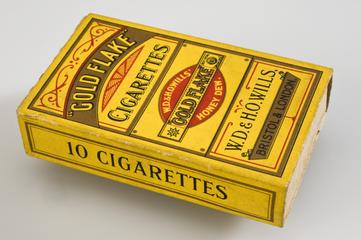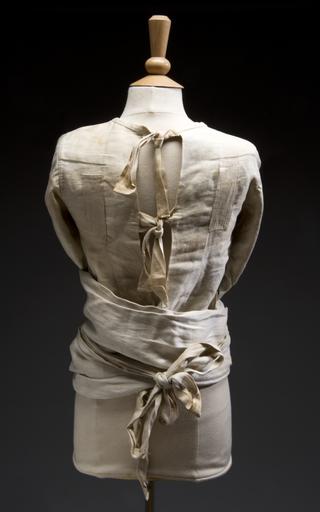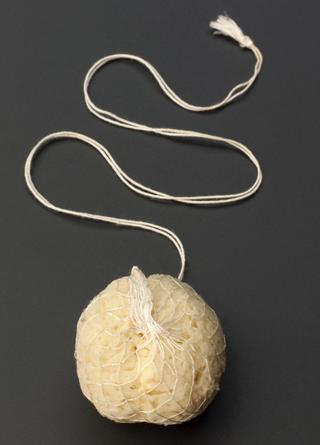
Model Draw Door Weir, 1872
- Made:
- 1872 (original); 1909 (model) in London
- maker:
- Science Museum, Workshops

Model (scale 1:12) made in 1909, showing a section of Teddington weir, to a design known as a draw-door type, as constructed at Teddington in 1871 following the collapse of the previous structure.
A weir at Teddington was originally built during the mid-1300s but it was during the early 19th century that, alongside a series of nearby locks, it became a means of controlling the reach of the tidal river Thames. Later in that century these structures at Teddington became central to the supply of safe drinking water to the city of London.
As London rapidly expanded in the late 18th and especially into the 19th century, sanitary conditions progressively deteriorated. Any existing sewage and drainage systems were wholly inadequate and huge volumes of both human and industrial waste entered the capital’s river on a daily basis. And for many Londoners, the tributaries that fed into the Thames and the main river itself were their only sources of drinking water, with many of the city’s water companies drawing their supplies from some of the most polluted stretches. The Metropolis Water Act of 1852 forced water companies to use cleaner sources further upstream in the River Thames, beyond the site of Teddington weir. As the polluted tidal stretches couldn’t reach beyond the weir, such sources were seen as far safer.
This 1:12 scales model shows a section of the weir that was installed in 1871 following the collapse of the previous version. Using the original plans for the weir, supplied by the Conservators of the River Thames, the model was constructed in the Science Museum’s workshops in 1909.
Details
- Category:
- Water Supply Metering
- Object Number:
- 1909-451
- Materials:
- wood (unidentified), metal (unknown), paint and complete
- Measurements:
-
overall (inc. base): 680 x 610 x 405 mm
weight: 37kg
weight: 81.57146lbs
- type:
- models, weirs and hydraulic structures
- credit:
- Science Museum Workshops




